Ungulate Replacement Theory Comes to Texas
The Big Battle in the Big Bend Between Bighorn Sheep and Aoudads
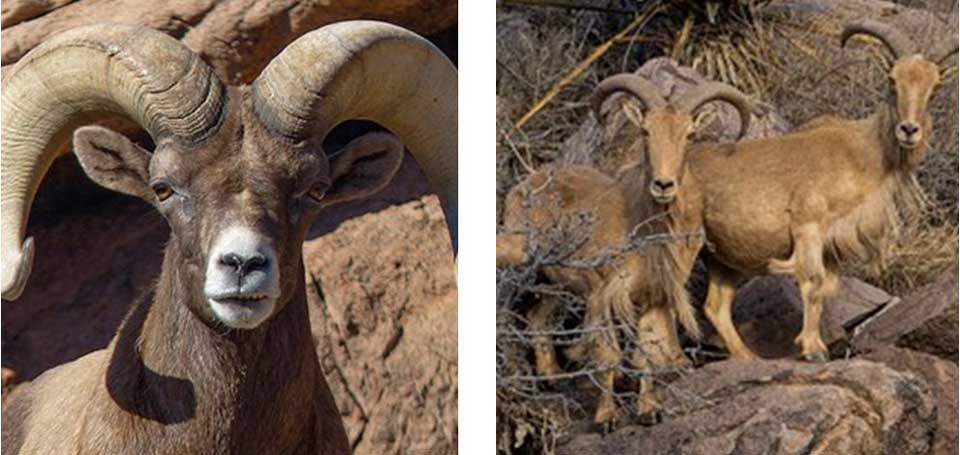
The Big Battle in the Big Bend Between Bighorn Sheep and Aoudads
I have a friend who lives in a small West Texas town. He moved there a few years ago after a distinguished public affairs career in Austin. Now, he is a goodwill ambassador in his community. He eagerly greets residents and visitors alike and has gotten to know almost everyone in town. He is also a keen observer of cultural and political developments in the Big Bend region. I promised I would protect his identity as securely as the Texas Department of Insurance protects personal data, and so I will just call him “David Marfawitz.”
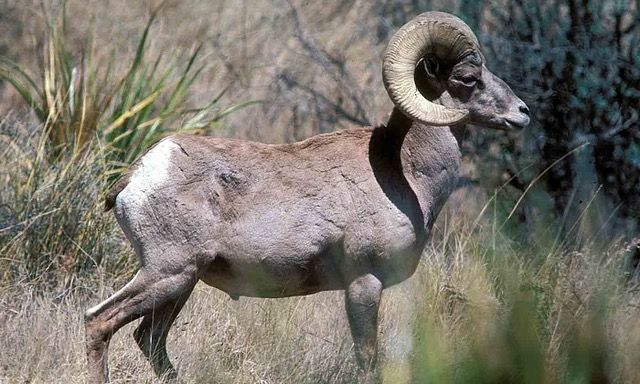
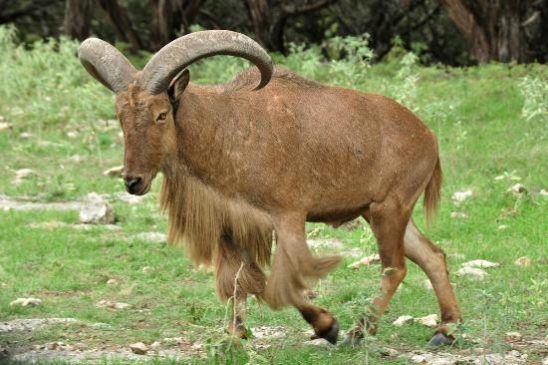
David has alerted me to an issue that threatens to rock the peaceful lives of Transpecos residents to their cores: Ungulate Replacement Theory.
Like any Replacement Theory, this harkens back to a mythical time wherein the original inhabitants were beautiful and majestic, roaming the countryside, establishing territories, consuming natural resources, and birthing new generations. Then, beginning in the early 20th century, new, inferior animals began to flood into the country, reproducing faster and growing in numbers to the point that they threatened the dominance and even survival of the original bunch.
Sound familiar?
I refer, of course, to the ongoing battle in the Transpecos between the native desert bighorn sheep and Aoudads (pronounced OW-dads). Aoudads are also known as Barbary Sheep, which should tell you everything you need to know about them. (Barbary comes from the same root word as “barbarians,” which is very “sinister”, which comes from the root word for “left.” Draw your own conclusions. We report, you decide.)
Ungulate Replacement Theory holds that 1) desert bighorns are genetically, culturally and economically superior to auodads; 2) aoudads are invading bighorn territory, consuming resources faster, and displacing the bighorns from their once-hallowed homes; and 3) certain forces are encouraging this replacement of bighorns with auodads for their own nefarious reasons.
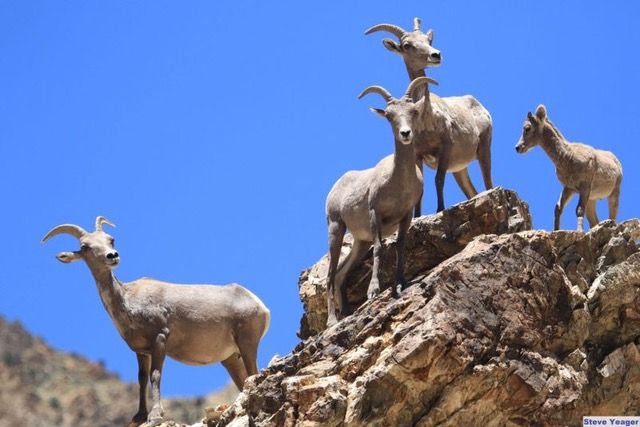
Desert bighorn sheep are beautiful animals, native to Texas and the southwest. They ruled the roost until man, by the late 19th century, had hunted them to the brink of extinction. Aoudads were imported to the U.S. at least in part to replace declining bighorn numbers. They arrived in 1924 and were released in, predictably, California. In 1957, they were released into Palo Duro Canyon, and that, as they say, was that. They immediately began to take over the territory of the native desert bighorns.
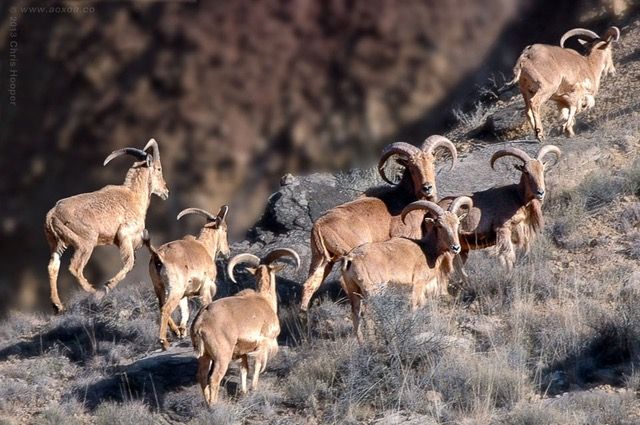
Aoudads are a rude and aggressive species, putting the more civilized desert bighorns at risk:
Biologists have witnessed aoudad rams running bighorn rams off and hoarding their ewes, disrupting the species’ reproductive cycle. Aoudads have been known to displace bighorns to lower-quality habitats with less nutritious plants and are voracious enough to strip landscapes bare. They also have been found to carry a bacterium that can cause pneumonia in domestic goats and sheep like the desert bighorn.
“A group of aoudads is called an anger, which is what they cause among some ranchers and conservationists in the Transpecos.” Also, aoudads are a randy lot:
Barbary sheep have a relatively long breeding season, with the highest abundance of breeding occurring from September to November. Gestation lasts approximately 160 days with the majority of lambs born from February to April, but some as late as November. By 8 months of age females are sexually mature and by 19 months all females will have given birth.
The desert bighorn and the aoudads have been fighting over territory for a century. As the competition increased, government and the private sector have increasingly put their thumb on the scale for the native bighorns. Big government relocates herds of desert bighorn to private ranches and Texas Parks and Wildlife Department (TPWD) Wildlife Management Areas (WMAs) in West Texas. And many ranchers will shoot aoudads on sight.
Aoudads are a hardy invader, though, and their continued presence is encouraged by certain unpatriotic elements. The most obvious villains are hunters, who will pay up to $6,300 for the chance to bag an aoudad, and extra if they can mount its head on the wall of the kids’ playroom. They are abetted by a shadowy network of landowners, guides, and outfitters, operating in broad daylight on Internet websites and the streets of Transpecos towns.
There is some irony in this. It was men who hunted the bighorns to near extinction. It was men who imported aoudads and released them into Palo Duro Canyon. And it is men who have made an industry out of having more aoudads.
That these hunters and their henchmen are promoting Ungulate Replacement Theory is well-known in the region, but open warfare has been averted thus far. The summer promises to be hot and dry, though, so competition for scarce resources among the ungulates will become more pronounced as the year goes on.
My friend Marfawitz tries to remain sanguine. He’s a bighorn man himself, but he understands the cultural and economic battle that is coming. He sees the battle in larger philosophical terms: “If bighorn sheep and aoudads can learn to live together, then maybe our country can, too.”
